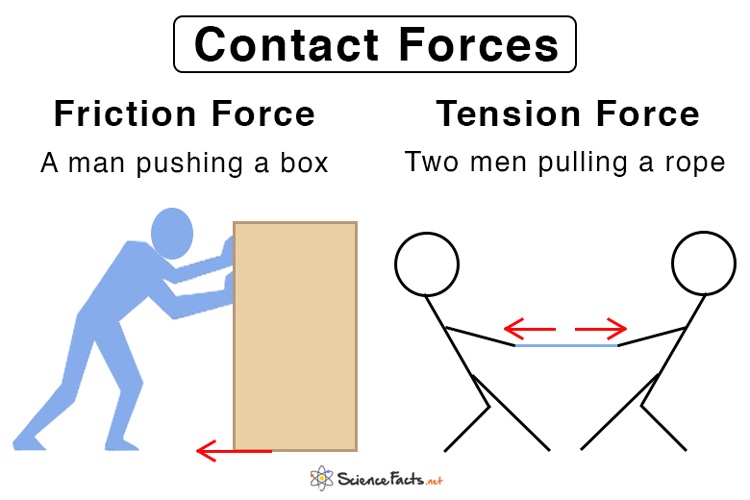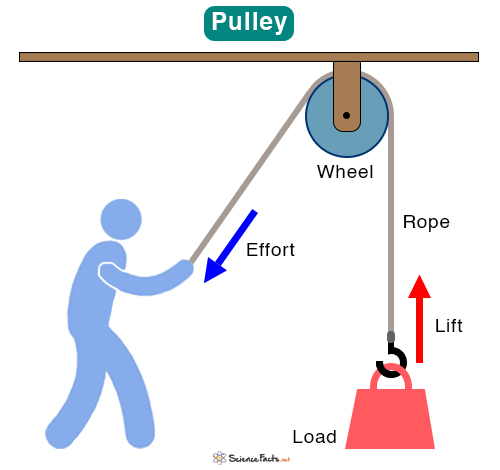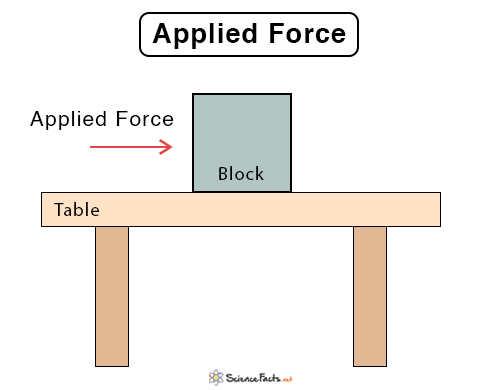Periodic Motion
Motion is a fundamental concept in physics that describes how objects move over time. Among various types of motion, periodic motion is particularly important because it appears in many natural and technological systems. Periodic motion refers to repeated motion, returning an object to its original position and state. Understanding periodic motion helps explain phenomena like waves, oscillations, and planetary orbits.
Examples of Periodic Motion
Periodic motion manifests in various physical systems, including mechanical oscillations, wave behavior, rotational dynamics, electrical circuits, and biological rhythms.
Simple Harmonic Motion (SHM)
Simple Harmonic Motion is a special type of periodic motion where the restoring force is directly proportional to the displacement, following Hooke’s Law. Examples include:
- Mass-Spring System: A mass attached to a spring oscillates back and forth around its equilibrium position.
- Simple Pendulum: A small mass (bob) suspended from a string swings periodically under the influence of gravity.
Wave Motion
Many types of waves exhibit periodic behavior, such as:
- Sound Waves: Vibrations in air that create audible waves.
- Electromagnetic Waves: Visible light, radio waves, and X-rays propagate as periodic oscillations of electric and magnetic fields.
Rotational Motion
Many rotational motions are periodic, such as:
- Earth’s Rotation: The Earth rotates on its axis every 24 hours.
- Ferris Wheel: A Ferris wheel completes one full rotation at regular intervals.
Electrical Circuits
Alternating current (AC) circuits experience periodic voltage and current changes. Examples include:
- AC Power Supply: Household electrical outlets supply AC voltage, oscillating at 50 or 60 Hz.
- LC Circuit: Inductor-capacitor circuits exhibit oscillatory behavior due to energy exchange between the electric and magnetic fields.
Biological Rhythms
Many biological processes exhibit periodic motion, such as:
- Heartbeat: The human heart follows a periodic rhythm.
- Breathing: Inhalation and exhalation follow a periodic pattern.
Key Terms in Periodic Motion
- Period (T): The time taken to complete one full cycle of motion, measured in seconds (s)
- Frequency (f): The number of cycles per unit time, measured in Hertz (Hz)
- Amplitude (A): The maximum displacement of the object from its equilibrium position, measured in meters (m), centimeters (cm), and degrees (°). For example, the amplitude in a swinging pendulum is the maximum angle reached from the equilibrium (vertical) position.
- Cycle: A cycle is one complete repetition of motion. For instance, in a vibrating guitar string, a full cycle consists of movement from the rest position to one extreme, then back through the rest position, reaching the opposite extreme before returning to rest.
Properties of Periodic Motion
- Regularity: The motion follows a repetitive pattern, completing identical cycles over fixed time intervals.
- Energy Conservation: Energy continuously transforms between kinetic energy and potential energy, but the total energy remains constant.
- Phase Difference: In SHM, position, velocity, and acceleration have specific phase relationships, influencing the motion’s behavior.
- Dependence on Initial Conditions: The motion’s amplitude and phase depend on initial displacement and velocity.
- Frequency and Time Period Relationship: The time period (T) and frequency (f) are inversely related: f = 1/T
- Amplitude Independence in SHM: In simple harmonic motion (SHM), the period and frequency remain unchanged regardless of amplitude for small oscillations. This means that a pendulum with a small swing will take the same time per cycle as a larger one, provided the oscillations remain within the small-angle approximation.
Applications of Periodic Motion
- Engineering & Structural Design: Pendulum clocks and quartz watches use periodic oscillations for precise timekeeping, while engineers design bridges and buildings to withstand periodic forces like wind and seismic vibrations.
- Physics & Scientific Research: Periodic motion is fundamental to wave mechanics, forming the basis of sound, light, and quantum wave functions, and is also essential in oscillatory circuits, such as LC circuits in radios and televisions, where electric charges oscillate to generate signals.
- Music & Sports: Periodic motion is essential in musical instruments, where vibrations in guitar strings, drums, and wind instruments produce sound, and in sports, where swinging movements in gymnastics, golf putts, and bouncing basketballs follow the principles of periodic motion.
- Earth & Space Science: Planetary orbits follow periodic motion as planets, moons, and satellites revolve around larger celestial bodies, while seismology studies seismic waves to predict and mitigate seismic damage.
Solved Problems
Problem 1: A simple pendulum completes 20 oscillations in 10 seconds. Determine its frequency and period.
Solution
Frequency is given by:
f = Number of oscillations/Total time = 20 oscillations/10 seconds = 2 Hz
Time period is given by:
T = 1/f = ½ = 0.5 s
The frequency is 2 Hz, and the time period is 0.5 s.
Problem 2: A mass-spring system has a spring constant of 100 N/m and a mass of 2 kg. Find the period of oscillation.
Solution
The time period of a mass-spring system is given by:
Substituting values:
The time period is 0.89 s.
Problem 3: A mass oscillating in simple harmonic motion has an amplitude of 0.5 m and an angular frequency of 4 rad/s. Find the maximum velocity of the mass.
Solution
The maximum velocity in SHM is given by:
\[ v_{\max} = A \omega \]
Substituting values:
\[ v_{\max} = (0.5)(4) = 2 \text{ m/s} \]
The maximum velocity is 2 m/s.
Problem 4: A pendulum has a period of 2 seconds on Earth (g = 9.81 m/s2). Find its length.
Solution
The period of a simple pendulum is given by:
\[ T = 2\pi \sqrt{\frac{L}{g}} \]
Rearranging for L:
\[ L = \frac{T^2 g}{4\pi^2} \]
Substituting values:
The length of the pendulum is 0.99 m.
-
References
Article was last reviewed on Tuesday, June 10, 2025








